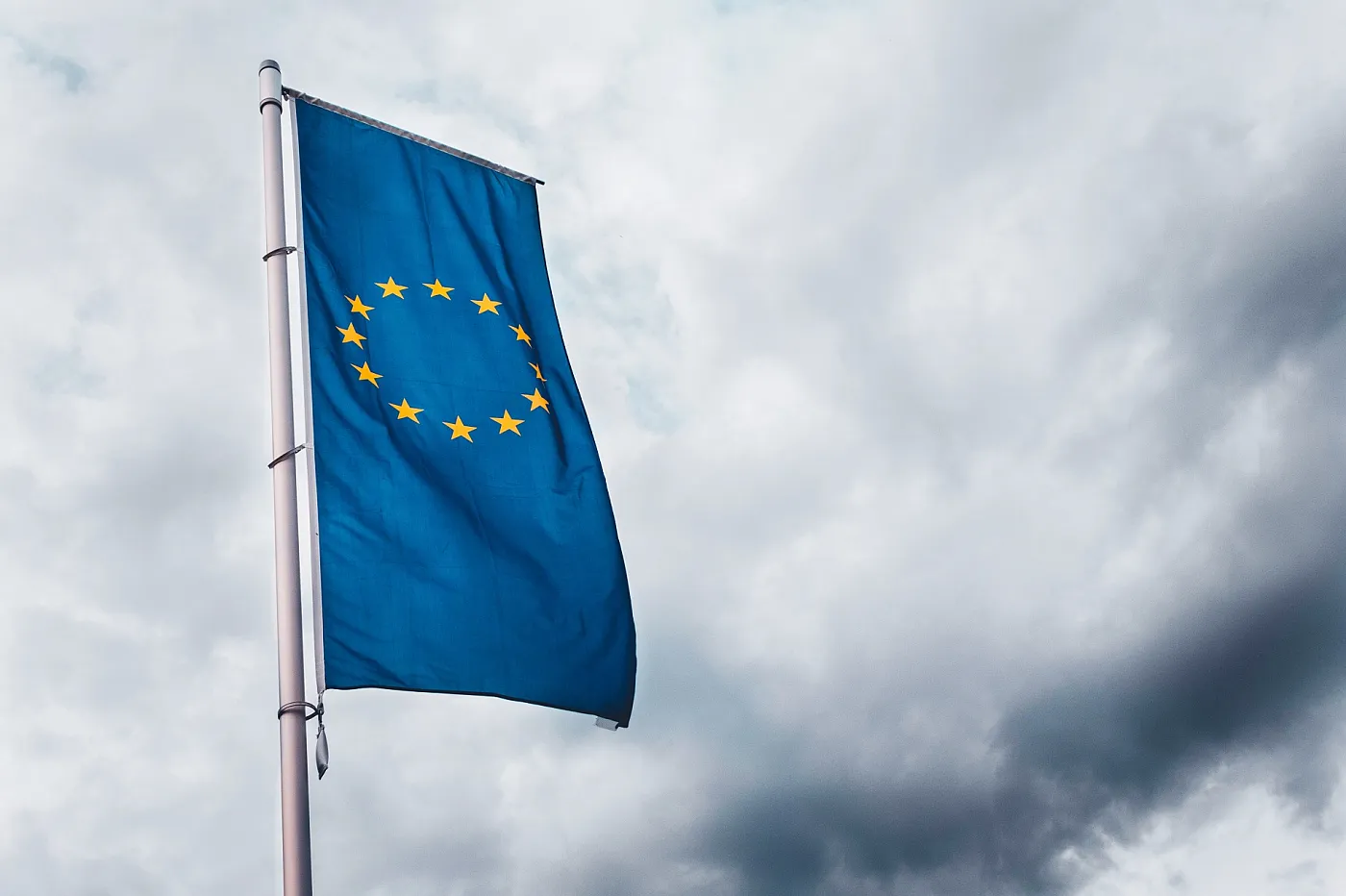On 1 January 2014, the merger simplification package adopted by the European Commission entered into force. The main objective of this reform is to achieve a greater level of efficiency in merger review and to reduce the administrative burdens for the businesses involved.
The most relevant measures introduced by the package include widening the scope of those transactions which may benefit from the simplified procedure and updating the notification forms, as well as changes in the extent of information required from undertakings. The Commission has also revised its guidelines on commitments offered by the parties.
Broader simplified procedure
One of the changes which is expected to have a greater impact is the broadening of the scope of the simplified procedure through an increase in the thresholds for simplified notification and the introduction of a new criterion, thus extending the simplified notification to a larger number of cases without potential anticompetitive effects.
Therefore, the following transactions may now benefit from this procedure:
- Horizontal concentrations, i.e. between competitors in the same product and geographic markets, if the combined market share of the parties is less than 20% (previously 15%);
- Vertical concentrations, i.e. between undertakings with activities in markets upstream of downstream to those of the other(s) part(ies), if the combined market share of the parties is less than 30% (previously 25%);
- Concentrations resulting in a combined market share between 20% and 50%, provided that there is a small increase (HHI index delta below 150) in the parties’ market shares.
The Commission estimates that the expanded scope will lead to 60%-70% of notifications being eligible for review under the simplified procedure, which represents an increase of 10% in relation to the current situation.
A new “super-simplified” procedure was also introduced for cases of joint ventures that are active only outside the EEA territory. The concentrations which fall into this category will benefit from an abbreviated version of the Short Form CO, which should only include a description of the activities of the parties involved in the transaction and an explanation that the joint venture will only be active outside the EEA, with no information requirements on markets.
Reduced information requirements?
The new notification (and referral) forms have changed the range of information required from notifying parties, which had long been criticised by companies involved in merger transactions for its extensive and burdensome nature.
Even though the Commission has announced a lighter information burden on undertakings, the intended decrease may not be fully achieved.
In fact, the Commission:
A) Increased the market share thresholds (from 15% to 20%, for horizontal overlaps, and from 25% to 30%, for vertical overlaps) which determine the need to provide detailed information on all the relevant product and geographic markets but, at the same time, extended this obligation and thresholds to “alternative plausible product and geographic market definitions”, which can result in an unnecessary burden for businesses to the extent information requirements cover market sub-segmentations with little relation to the economic reality.
B) Eliminated some formal requirements and created the “super simplified” procedure but, at the same time imposed the submission of a larger number of internal documents of the parties related to the transaction itself, to alternative transactions or to any of the affected market.
C) Allowed individual waiver requests for certain information categories, which are to be assessed by the Commission within the pre-notification phase, in a maximum of 5 days.
D) Streamlined the pre-notification phase by giving the possibility of direct notification, without any pre-notification contacts between the parties and the Commission, for concentrations which do not give raise to horizontal or vertical overlaps between the parties’ activities within the territory of the EEA, thus speeding the merger review process for unproblematic cases.
Finally, the Commission also revised its guidelines relating to commitments offered by the parties, in line with the effort of simplification and according to its 2008 Notice on commitments. Therefore, model texts for the offering of divestiture commitments as well as for the appointment of monitoring trustees were introduced in order to speed up these procedures for the parties.
Comments
This simplification package is presented as the Commission’s response to frequent criticism relating to the growing complexity of its decision processes and the excessive “bureaucratic” burdens imposed on businesses.
If these changes produce their intended effect, a considerable part of costs incurred by undertakings involved in concentration processes may be reduced and the Commission itself may guarantee a better allocation of its resources, thus promoting a faster, simpler and more efficient merger review process.
However, the success of these measures is largely dependent on their application and the practice of the Commission from now on.
This article was co-authored by lawyers Gonçalo Machado Borges and Leonor Bettencourt Nunes.



